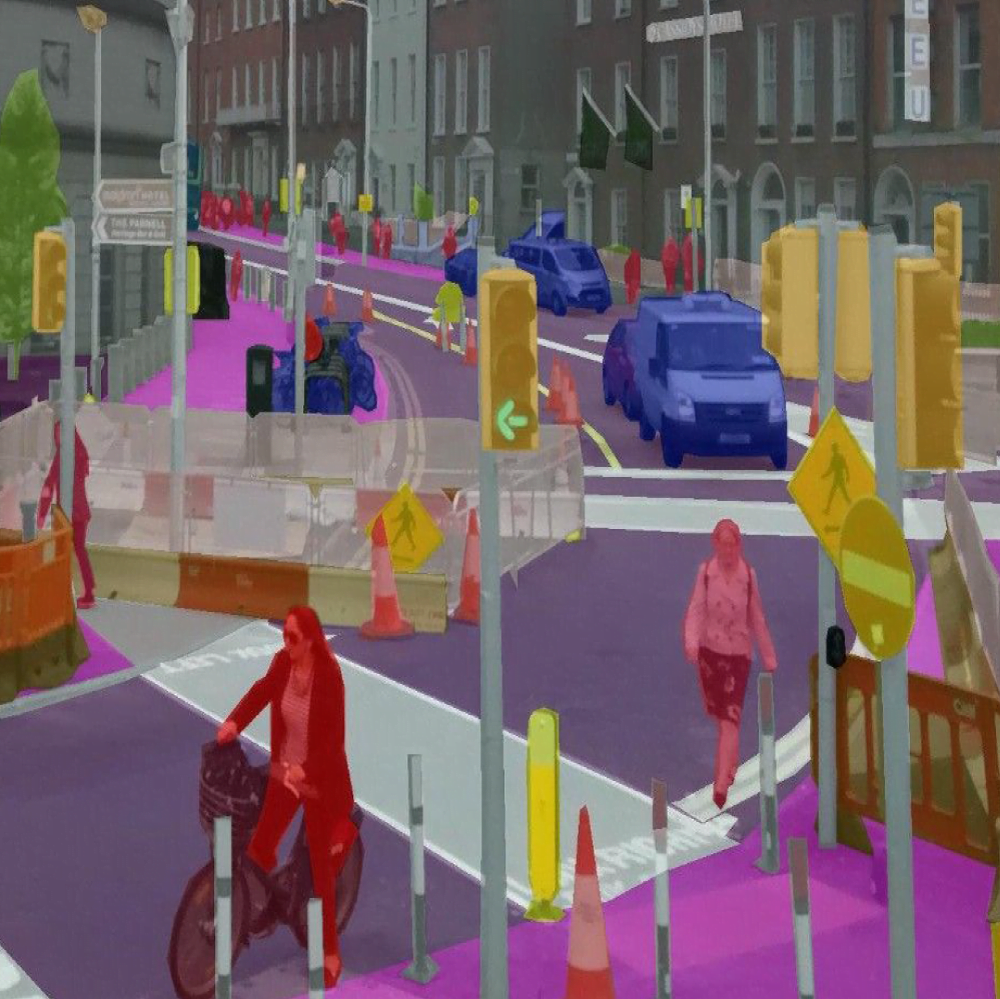Description
Social Distance Detection using OpenCV
High-resolution satellite images contain a huge amount of information. Shadows in such images generate real problems in classifying and extracting the required information. Although signals recorded in the shadow areas are weak, it is still possible to recover them. Significant work is already done in the shadow detection direction but, classifying shadow pixels from vegetation pixels correctly is still an issue as dark vegetation areas are still misclassified as shadow in some cases. Background subtraction is a commonly used method to detect moving objects from videos captured by static cameras. However, shadows and reflections significantly affect the output of background subtraction algorithms and distort the shape of the objects obtained as a result. Thus, shadow detection and removal is a crucial post-processing step to perform accurate object tracking required by different applications. We present a lightweight method to detect and remove shadows as well as reflection effects in indoor and outdoor environments by using spatial and spectral features. This method incorporates an adaptive way to set thresholds to avoid preset numbers. We present a comparison of the outputs we obtained with those of several other methods. The experimental results demonstrate the success of the proposed algorithm.Social Distance Detection using OpenCV
Existing System:
- Compensation,
- Principal component
- Shadow threshold.
Drawbacks
- In appearance-based methods, less accurate features description because of whole
Image consideration
- In geometric based methods, the geometric features like the distance between eyes, face
length and width, etc., are considered which does not provide optimal results
Proposed System:
- Adaptive Local Filter
- Contrast Limited Adaptive Histogram Equalization
Applications:
- Queue forming
- Identification of shadow
Software Required:
- Mat lab 7.5 and above versions
REFERENCES:
[1] T. F. Y. Vicente, L. Hou, C.-P. Yu, M. Hoai, and D. Samaras, ?Largescale training of shadow detectors with noisily-annotated shadow examples,? in Computer Vision? ECCV 2016, B. Leibe, J. Matas, N. Sebe, and M. Welling, Eds. Cham: Springer International Publishing, 2016, pp. 816? 832.
[2] J. Wang, X. Li, L. Hui, and J. Yang, ?Stacked conditional generative adversarial networks for jointly learning shadow detection and shadow removal,? CoRR, vol. abs/1712.02478, 2017.
[3] J. Zhu, K. G. G. Samuel, S. Z. Masood, and M. F. Tappen, ?Learning to recognize shadows in monochromatic natural images,? in 2010 IEEE Computer Society conf. on Computer Vision and Pattern Recognition, 2010, pp. 223? 230.
[4] D. Kersten, D. C. Knill, P. Mamassian, and I. Blthoff, ?Illusory motion from shadows,? Nature, vol. 379, no. 31, 1996.
[5] S. Jiddu, P. Robert, and E. Marchand,?Estimation of position and intensity of dynamic light sources using cast shadows on textured real surfaces,? in 2018 25th IEEE Int. conf. on Image Proc. (ICIP), 2018, pp. 1063? 1067. [6] Y. Zhang and D. Zhu,?Height retrieval in postprocessing-based VideoSAR image sequence using shadow information,? IEEE Sensors J., vol. 18, no. 19, pp. 8108? 8116, 2018.


































































































































































































































































































































































































































































































































































































































































































































































































































































































































































































































































Customer Reviews
There are no reviews yet.